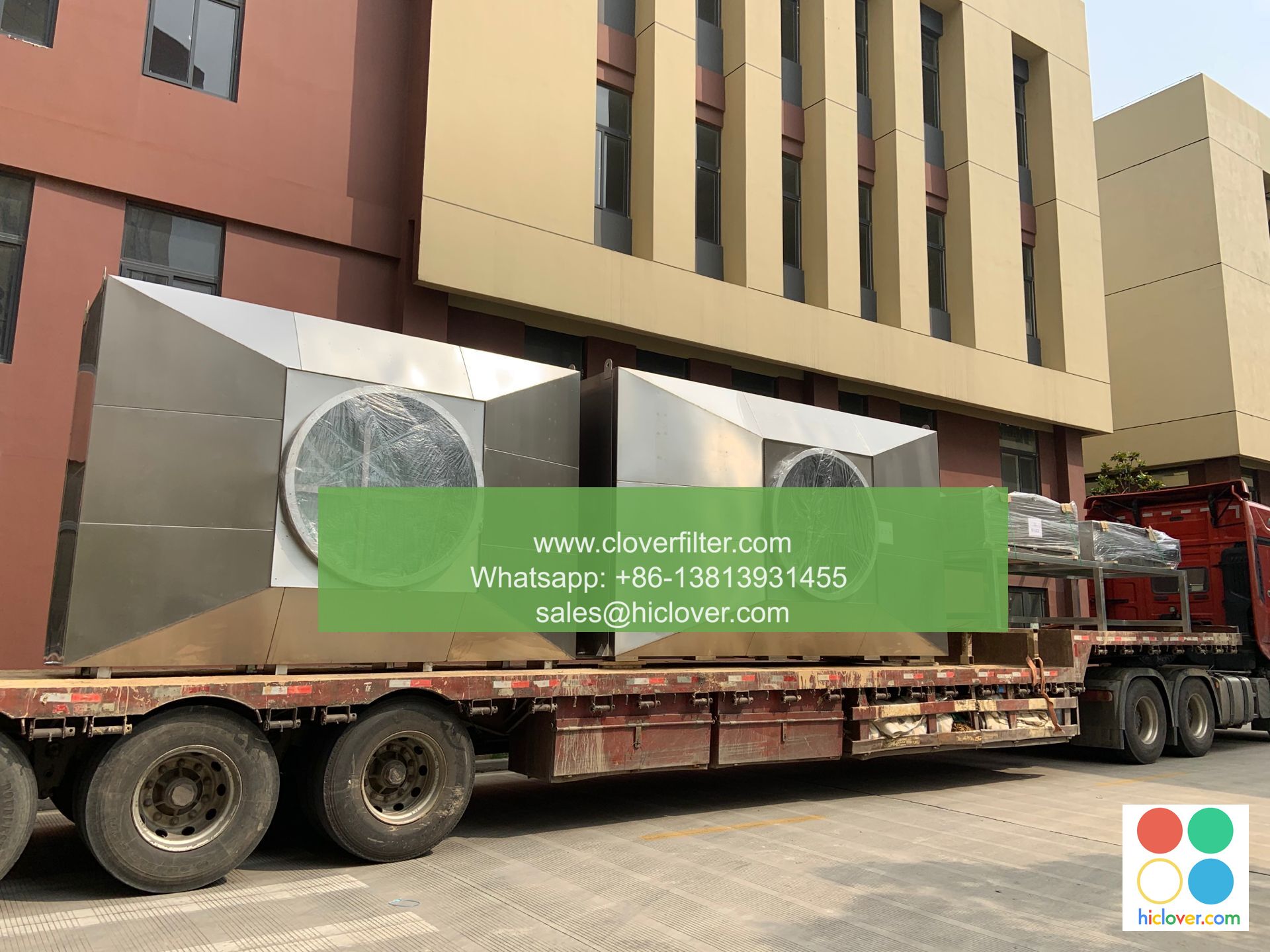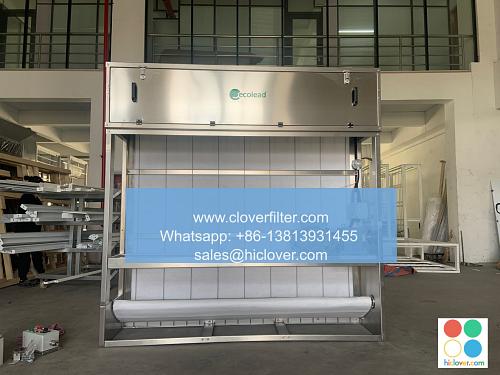A Comparative Study of Different Air Filter Types

Air filters are an essential component of various systems, including HVAC (Heating, Ventilation, and Air Conditioning), industrial manufacturing, and medical facilities. The primary function of an air filter is to remove contaminants and pollutants from the air, ensuring a clean and healthy indoor environment. With the increasing awareness of indoor air quality (IAQ) and its impact on human health, the demand for efficient air filters has grown significantly. This article aims to provide a comprehensive comparison of different air filter types, highlighting their application areas, efficiency, and maintenance requirements.
Introduction to Air Filter Types
There are several types of air filters available, each with its unique characteristics, advantages, and disadvantages. The most common types of air filters include:
* HEPA (High Efficiency Particulate Air) filters: designed to capture 99.97% of particles as small as 0.3 microns
* Activated Carbon filters: effective in removing gases, odors, and chemicals from the air
* Pre-filters: used to capture larger particles and protect the main filter from damage
* Electrostatic filters: using electrostatic charges to attract and trap particles
* pleated filters: featuring a pleated design to increase the filter surface area
Comparison of Air Filter Types
The following table provides a comparative analysis of different air filter types:
| Filter Type | Efficiency | Application Area | Maintenance Requirements |
| — | — | — | — |
| HEPA | 99.97% | Hospitals, Laboratories, Cleanrooms | Regular replacement every 6-12 months |
| Activated Carbon | 90-95% | Industrial, Residential, Commercial | Regular replacement every 3-6 months |
| Pre-filters | 80-90% | Industrial, Residential, Commercial | Regular cleaning or replacement every 1-3 months |
| Electrostatic | 85-95% | Residential, Commercial, Industrial | Regular cleaning or replacement every 1-3 months |
| Pleated | 80-90% | Residential, Commercial, Industrial | Regular replacement every 3-6 months |
Application Areas
Air filters are used in various application areas, including:
* HVAC systems in residential, commercial, and industrial buildings
* Industrial manufacturing processes, such as pharmaceuticals, food processing, and automotive
* Medical facilities, including hospitals, laboratories, and cleanrooms
* Residential air purification systems, including portable air cleaners and whole-house systems
Maintenance Requirements
Regular maintenance is essential to ensure the optimal performance of air filters. This includes:
* Regular replacement of filters to prevent decreased efficiency and increased pressure drop
* Cleaning of filters to remove accumulated particles and contaminants
* Monitoring of filter performance to detect any signs of deterioration or damage
Conclusion
In conclusion, the choice of air filter type depends on the specific application area and efficiency requirements. HEPA filters are ideal for high-sensitivity applications, while Activated Carbon filters are suitable for gas and odor removal. Pre-filters and electrostatic filters are cost-effective options for industrial and commercial applications. By understanding the characteristics and limitations of different air filter types, users can make informed decisions to ensure a clean and healthy indoor environment. Regular maintenance is also crucial to ensure the optimal performance of air filters and prevent decreased indoor air quality (IAQ). You haven’t provided a prompt or question for me to respond to. Please provide more context or information so I can assist you. What would you like to talk about or ask?

